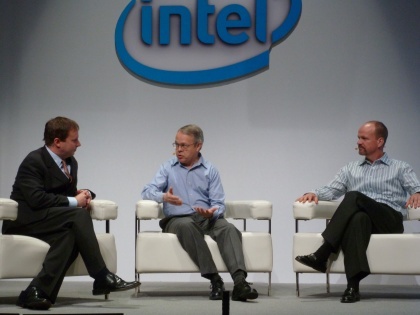For those who proposed high tariff on semiconductor products imported into US, they often don't check some basic data before making such suggestion. Using Taiwan as an example, its semiconductor or electronic products (like PCs) import tax is very low, many of them are in zero. At the same time, Taiwan is a major market for US semiconductor companies. Taiwan, with the population of 23.5 million, has an out of proportion role in buying US semiconductor products.
For example, in 2023 Intel top four market by revenue are China ($14.85 billion, population 1.4 billion), US ($13.96B, 335 million), Singapore ($8.6B, 5.9 million) and Taiwan ($6.87B, 23.4 million). Source: statista.com.
There are very few unsettled trade issues between Taiwan and US. There is no case or there is no easy way for United States to impose high tariffs on semiconductor import without seriously damaging US itself.
That left the weapon system sales as one possible routes to increase US export to Taiwan. But the problem is that both countries tried very hard to do that already, only met with US defense manufacturers' slow and inefficient production performance. The military sales to Taiwan currently has reached a $20 ~ $24 billion backlog that both US Congress and executive branch are alarmed and frustrated.
Taiwan’s technology protection rules prohibits Taiwan Semiconductor Manufacturing Co (TSMC, 台積電) from producing 2-nanometer chips abroad, so the company must keep its most cutting-edge technology at home, Minister of Economic Affairs J.W. Kuo (郭智輝) said yesterday. Kuo made the remarks in...
semiwiki.com
View attachment 2451
Source: statista.com.



